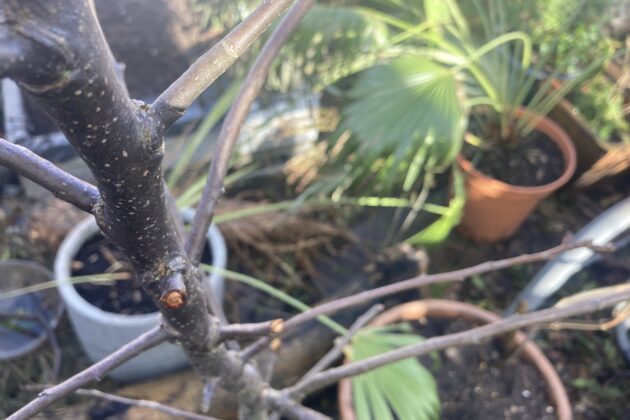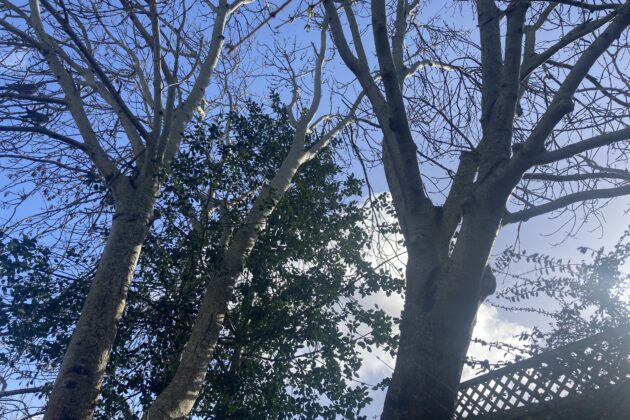
Joining the Brighton Permaculture Trust to work on communications at the end of 2020, I knew that taking the Introduction to Permaculture Course would be essential in understanding more about permaculture, the trust and how it could help me work more with nature.
When the course tutors Stephan and Hannah taught us about the principles of permaculture, I began to see how practical permaculture could be. As discussed in the group breakout sessions; the lessons and principles make sense and seem obvious once you hear them. In many ways, I could see that I was engaging in permaculture already. For example, in my garden we use cardboard for weed prevention, practice no-dig veg growing, composting and log cultivation (not to mention attempts at mushrooms – will need to take a course for that!). That being said, the course bought many new ideas alive and provided some fresh context and understanding of things that we were already doing on a hunch.
Here are some of these key takeaways that we have enjoyed since finishing the course…
- Relative Location and Water:
One key takeaway from the course for me was the concept of Relative Location. For me, this involved convenient and sensible access to water. Looking at our garden I realised that our (previously extended) kitchen roof collected water from the main building so would therefore be a large source of fresh rainwater if we could collect it somehow. We are now planning to set up barrels halfway up the garden to collect the runoff from the kitchen roof. This will give us water where we need it – in the middle of the garden for growing veg – and easy watering on our kitchen patio where we have potted plants and a herb garden. Currently, this water is going down a drain so this step is a key one in cycling natural resources in our garden!
- Garden Zones:
One permaculture tool that was immediately useful was zoning. Walking around our garden after the first two sessions, I began to see that we were already working with the principle of zoning; the practice of planning areas of the garden in order of how much we use them. I saw with new eyes why we had placed our logs (and covered) on top of the bomb shelter to dry – far away from the patio as we don’t need access and why our herbs needed to be as close to the kitchen as possible. Lastly, since moving into our flat we had noticed animals (particularly foxes, birds and squirrels) using the back of the garden as a corridor so decided to make that a zone left to nature.
- Plants that perform multiple functions:
Early on in my gardening journey, I experienced the principle of Each element performs many functions when I planted out nasturtiums. Nasturtiums produce beautiful flowers, offer edible food (peppery flowers, stems and leaves), aid biodiversity, increase soil health, cycle carbon and help draw aphids away from other crops. Learning more about this principle, I’ve been thinking a lot about how to access results like this elsewhere. I’m now looking to move our potted fig tree onto the patio where it will eventually be able to provide shade, as well as fruit as well as offering greenery viewable from our lounge.
- Diversity:
Despite the relatively small size of our garden, discussions on the course have shown me the benefits of including a small pond next to the veg beds that we plan to build. Welcoming greater plant biodiversity into the garden – as well as a habitat for frogs and aquatic species – will be a valuable addition.
- Beyond the garden: Edge Principles
As we learned in the course a key aspect of permaculture is its ability to affect decision making and action in all aspects of life. I have begun to see the Edge Principle more clearly with my work in communications and writing. As taught in the sessions, the Edge of two spaces or biospheres is where there is the greatest biodiversity. My work involves lots of different organisations, partnerships, individual and groups – and the best work always comes about when new connections are made and communication lines opened.
Again, writing the Brighton Permaculture Trust newsletter, I am exposed to the implementation of permaculture as a global yet locally relevant tool. Inspiring stories from distant countries can encourage us to make permaculture a daily and transformational reality. Ultimately, shared resources are more powerful resources.
